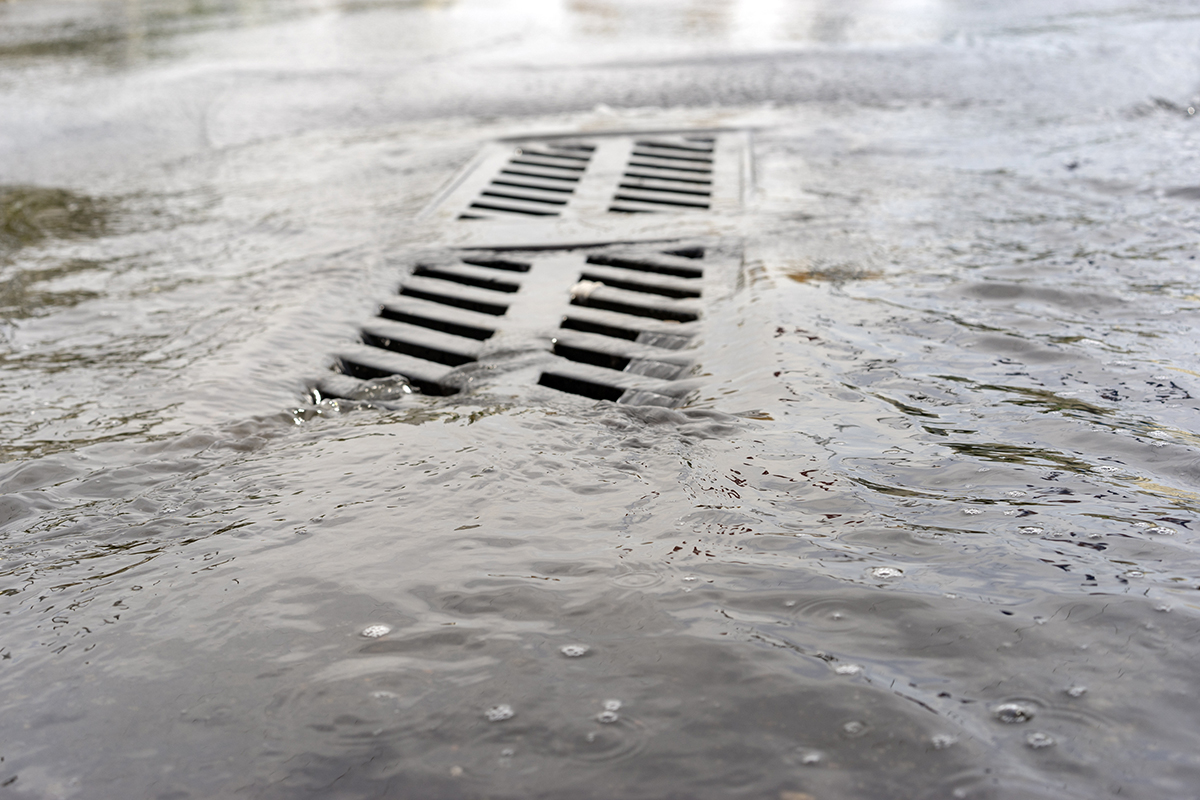BayBuzz has been reporting regularly on the unfolding debacle called New Zealand’s 3rd World water infrastructure and the Government’s plan to take over where local government has clearly failed.
Now in the latest annual assessment, National Performance Review, from Water New Zealand, we get a full picture of the scale of the problem and at least one clue as to how this has happened.
40 of 64 councils with responsibility for water supply, wastewater and stormwater (serving 88% of NZ’s population) voluntarily provided data for the Report, including Hastings and Napier (Central HB and Wairoa councils did not participate).
Some ‘nuggets’ from the Report, generally covering the 2020 fiscal year:
- $2.3 billion was collected to fund water services, primarily through rates and volumetric charges. The average residential charge for water and wastewater services in 2020 was $878.88 (including GST). Nearly $2.7 billion was spent on operations and capital expenditure.
- The total asset value of these systems is $43 billion, including 88,108 km of piping, 4,023 pump stations, and 573 treatment plants. The average age of the pipes is 34-37 years.
- Not surprising then that 21% of water supplied to networks is lost on its way to end use! Possibilities to mitigate water loss exist in at least 83% of service districts.
- More than half of NZ’s residential properties have in place water meters (total skewed by Auckland’s full metering).
- Average daily water use nationwide is 229.3 L/person/day. Twenty-two service providers report higher use, including Hastings (347.7) and Napier( 353.8).
- 397 instances of non-conformance with wastewater treatment consents were reported, but only 29 enforcement actions taken against those, with the report noting with understatement: “…formal processes to remedy non-conformance are rare”. The same experience with stormwater consents is noted.
- Dry-weather wastewater overflows occurred 1,939 times in 2019/20. Another 1,278 weather-related overflows occurred in that period. And here is the unfortunate conclusion cited by the report about those:
“Current monitoring practices, knowledge of networks, and the wide range of approaches to regulation of wastewater overflows mean that, under current settings, it would not be possible to benchmark regions or engage in basic performance improvement metrics to drive better performance. Consistency in approach across all these areas would lead to considerable benefits.”
Is there any upside to all this?
The report describes interesting opportunities for energy generation in our water system – from microturbines placed within pipelines to biogas produced during wastewater treatment. In Palmerston North, mini hydro generators produce more energy than is consumed by the city’s water network. And wastewater sludge can be a rich source of carbon and nutrients. How about some research into these possibilities, HB councils?!
Apart from politically-generated neglect by our local elected councillors (i.e., fear of rate increase, infatuation with more visible public baubles), how has this state of affairs developed?
Could it be simple incompetence?
Here is one of the very first observations in the report:
“The lack of information on staff training and qualifications is quite surprising and, possibly, quite concerning. Going forward, the thought is that the Regulator will be looking for assurances that the industry is employing the right people with suitable qualifications and training, and a commitment to staying up to date with the latest technologies. Consulting companies have been managing this type of information for some years because it is one of the key attributes when selling services, so there is no reason why local government organisations cannot do the same.”
To follow up on this potential competence gap, using the Official Information Act, Baybuzz has asked our four territorial authorities to identify the relevant professional credentials held by the staffs currently managing our ‘3 Waters’. We’ll report those findings when received … hopefully inadequate professional knowledge and training is not a problem in Hawke’s Bay. But we’ll see.
And meantime, we also await the Government’s pending ‘3 Waters’ takeover plan. Clearly the Labour Government has given up on local councils’ ability to manage this vital area.
For you deep diggers, here’s the full report.
And for more BayBuzz coverage of this issue, see here and our May/June magazine.


Local councils have for many decades concentrated on “vanity” projects and have let the basics slides. Napier is a prime example – they didn’t want any amalgamation because they’d be paying Hastings’ debt. Now I would think Hastings would be loth to take on the debt due to Napier’s huge deferred maintenance problems. It’s time councils (all councils nationwide) started concentrating purely of basic infrastructure – pretty new buildings don’t look so good when the sewerage starts coming through the front door.
It is not only the supply of water neglect,drainage is also woefull especially the start of estuary above Bayview. Many years ago this drain was cleared by draglines. Now this area is choking with weeds and sludge. When we do get the big wet, I hope all people in Bayview can swim